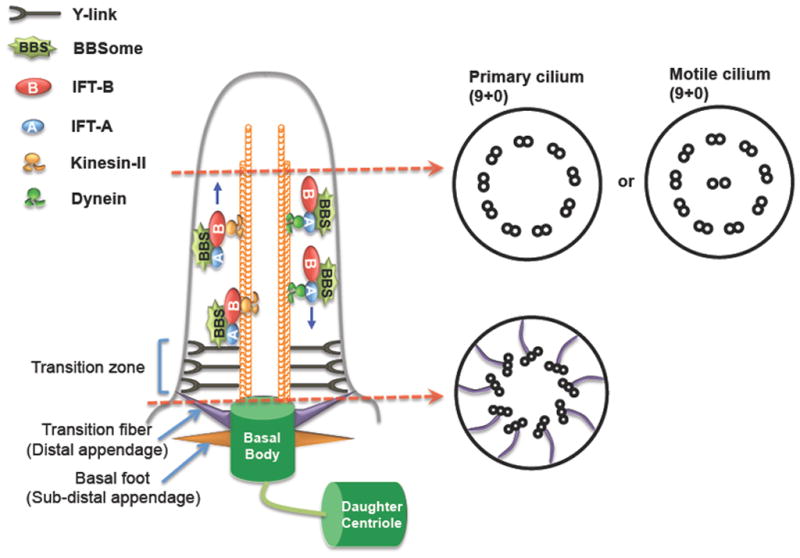Figure 1. Schematic diagram of a cilium.

All cilia have a microtubule-based core structure, called the axoneme, which projects from the basal body and is tightly surrounded by the ciliary membrane. Based on the motility, cilia can be divided into primary cilia (non-motile cilia) and motile cilia. The axoneme of primary cilia typically consists of nine microtubule doublets (9+0), typical motile cilia have an extra pair of microtubule singlet in the center of the ring of nine outer doublets (9+2). The basal body is transformed from the mother centriole during ciliogenesis. At the ciliary base, there are two structurally distinct sub-regions: TFs and the TZ. TFs are analogous to DAs of the mother centriole and form a 9-bladed propeller-like structure linking the basal body to the ciliary membrane. Basal feet (analogous to sub-DAs) locate below TFs on the basal body. Above TFs is the TZ that is characterized by the Y-links connecting axoneme microtubules to the ciliary membrane. Extension, maintenance and function of cilia require intraciliary transport machinery IFT, which is composed of IFT-A, IFT-B, BBSome and motors. IFT moves bidirectionally along the ciliary axoneme to transport cargos into or out of cilia. TFs, transition fibers; TZ, transition zone; DAs, distal appendages; IFT, Intraflagellar transport; Sub-DAs, sub-distal appendages.
